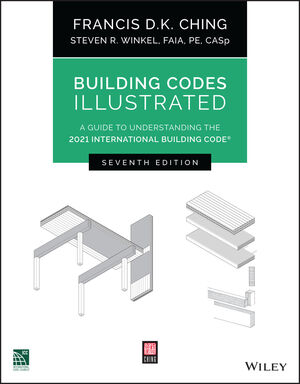There has to be more than luck involved. Have you noticed that some teams perennially seem to be competitive enough to win? It all comes down to the managers; how they connect with their players and how they use the rules. Great managers don't need to bend the rules to win-they adapt their approach to the game, to the rules. Winning managers have to be experts on the rules and how the rules are interpreted by the game officials. These managers must also impart the rules to their assistant coaches and players. It's Tiger's Manager Jim Leyland's job to connect with his players, set guidelines and use the rules to keep their competitive advantage.
Successful wall and ceiling contractors share this approach to the rules of their trade with winning managers and coaches. Their understanding of the applicable building codes or ASTM standards allows them to realize they represent the basics of what it takes to be a successful contractor. In knowing how to use this information, and by sharing it with team members, successful contractors can use this to their advantage.
In this issue, we have several articles relating to the building envelope and the proper installation of building materials. Current industry standards provide recommendations and guidelines but as the "Flashing and Integration (or Lack Thereof) of Windows with Weather-Resistive Barriers" article on page 34 points out, are some of these standards fundamentally flawed? Are the building codes too broad or general in their requirements?
Or as in the Steve Pedracine article "There's No Dog in WUFI" on page 56 mentions, there may be too many "one-size-fits-all" descriptors in current building codes. Do products or systems that include variables need to be thought out systematically?
Knowing how the "rules" are interpreted is important but as a contractor, there are times when you realize that the standards provided are "flawed" or too general and that your approach to a certain installation needs to be adapted. Do you address this situation and manage accordingly or do you bend the rules?
As Leyland recently said, "The one thing that is totally unacceptable to me is going through the motions. I can smell that like a shark can smell blood in the water."
As contractors, do you go through the motions or do you step up to the plate and adapt your approach? How do you handle these situations when they arise? We want to hear from you, so feel free to write to the magazine staff (contact information found on page 8) or visit our bulletin board atwww.i-boards.com/bnp/wc.
Online Registration
If you have recently visitedwww.wconline.com, you may have noticed a change on our Web site. Like many others, we are adding free registration to our site. By collecting additional data about our visitors, we will be able to better target our editorial content and offer additional exclusive online coverage of case studies, special sections and industry research through our safe and secure network.By registering only once on W&C's site, you will have access to all of our archived articles and columns, special supplements and our online fully-searchable Industry Bluebook (Buyer's Guide). This single registration will also give you access to special content on all 40-plus BNP Media publications, including Roofing Contractor, Environmental Design + Construction, National Floor Trends and more, and your registration will help us to continue to invest in more and faster technology.
If you haven't done so already, please visit the site and register today. And as always, thanks for visiting and using our site.
***
All of us at Walls & Ceilings wish you and your family a Happy Thanksgiving!




